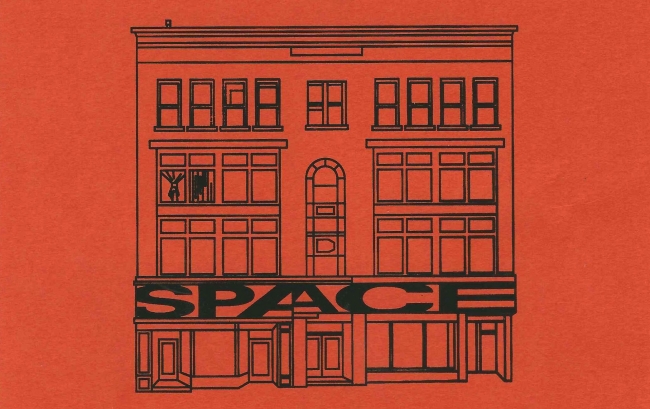The following is a brief email exchange with Dirty Looks Creative Director, Bradford Nordeen. In this interview reflecting on Dirty Looks: Eight Years On (screening at SPACE on Sunday March 24th at 7:00p), a collection of experimental short films that queer the pop cannon and (under)mine history for all of her unanswered questions, Nordeen discusses role models, authorship, and visibility.
In my experience, I see the influence of queer culture (past and present) ubiquitous within mainstream art, cinema, and entertainment but usually with no awareness of the histories that are attached. I think this is a trend that often happens with countercultures and minorities. Do you feel your program Dirty Looks: 8 Years On addresses this in the way the compilation tracks the past and present of queerness?
It’s a push and pull, though, isn’t it? I think the program is deeply indebted to iconic queer figures who broached mainstream culture— and they’re not all tidy role models. That’s what’s so fabulous about Liberace, he was a terrible queer role model, but I think what Chris E. Vargas’ Liberaceon reminds [us] is that queer is also a verb and that amending Liberace’s internalized homophobia can lead to some rose-tinted views of history that can be radical and defiant. We don’t have to obey linearity— that’s what drives me crazy about something like this current season of the podcast, You Must Remember This. It fact checks Kenneth Anger’s Hollywood Babylon, which entirely misses the point of the whole project. It is historiography by way of embellishment, aggrandizement, and gossip. Flipping the script is what we need to keep doing as queer practitioners and THAT’S a, if not the, point.
What was the curatorial process of this film compilation? How do you decide what stories and time periods to represent within the program?
This program was actually assembled very intuitively and quickly. That said, it took eight years for me to get here, so it speaks to a certain investment in a community but also in these artists. All of the contributors to this program have been working with DL for the past 5+ years, some trace back to the very beginning. Like our programming, it runs the gamut of historical periods, as well, with works made stretching from 1966 – 2017. And the periods within the films are often at odds with when they were made, as well, like Brontez Purnell’s film, where he wanted to play Edie Sedgwick in a Warhol movie, or Mariah Garnett playing then filming Peter Berlin.
How do you feel the historical media used in the compilation interacts with the contemporary works?
This type of film arises out of a community and a shared series of histories— solitary authorship is a myth. We’re all in constant dialogue with the things and artists around us. I would say the works speak from one to the next and sometimes even within themselves intricately. The first time Brontez saw his movie next to Warren Sonbert’s Amphetamine, which is what it sounds like and really explicit, he flipped out and turned to me, mid-screening, “WHAT IS THIS MOVIE???” They’re deploying similar aesthetics and references but for drastically disparate ends.
Historically, “queer media” that seems to be most present is relating to the white cis gay man’s experience, and even this seems sparse. Have you had difficulty unearthing documentation that represents the diverse intricacies of queer identity that is present within the program?
It’s important to work with the visual culture we have, especially when it comes to moving image works. Of course, access to recording devices dictates who is seen. I do think that there’s a tendency now, as your question reflects, to dismiss older cis gay male content as an old slice of the pie, when I think we should be looking at them like first steps; like early numbers in an evolving equation and it’s still really important to understand them to move forward. Like it or not, these works are the first examples on record.
It’s my ethical job as a curator to do the digging and find work outside of that subject space, in order to tell a fuller story than history has historically provided. However, I’d say that working with this in mind, the material in this specific program was not that hard to unearth because in 2019 we have fewer representational limitations than 25 years ago.
Lastly, do you have any major predictions relating to queerness or identity politics within the next few years?
I’d love for someone to unplug the internet. That would benefit everyone!

